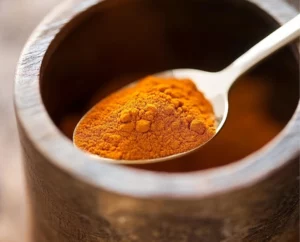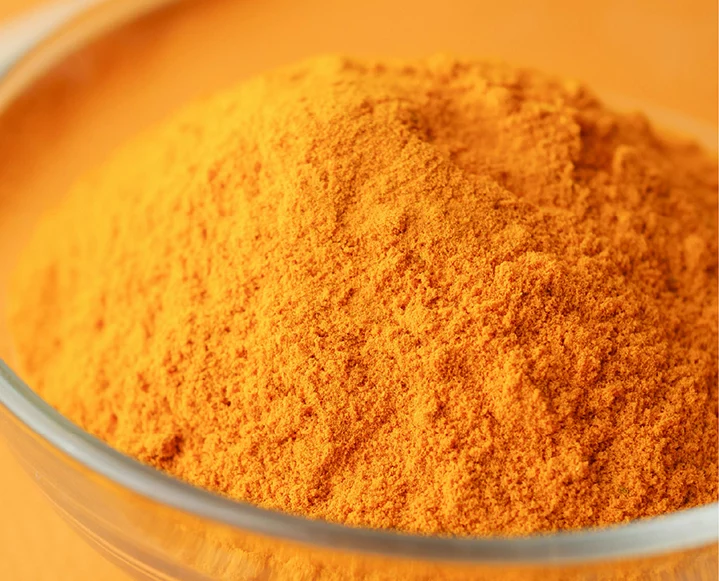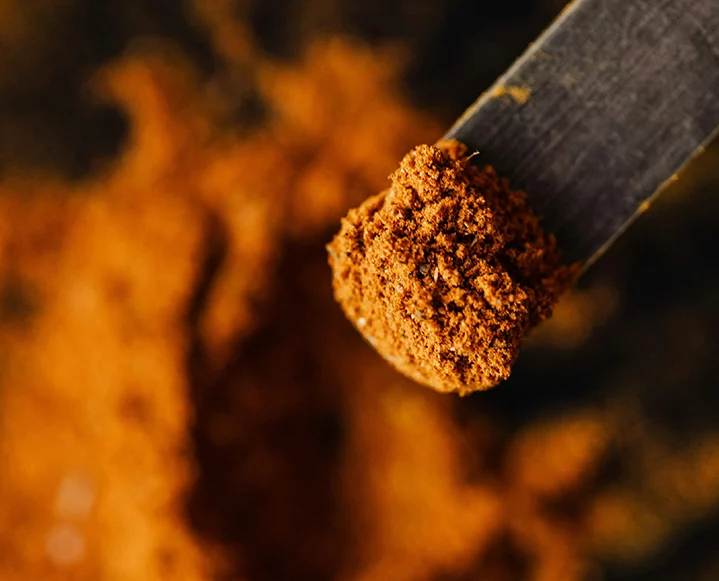
 As someone who’s willingly subjected themselves to everything from PEMF mats and cryo chambers to NAD+ drips and infrared sweat sessions, let’s just say I’m more than a little committed to uncovering the next best thing in wellness. If it’s backed by science and promises better skin, deeper sleep, or faster recovery — I’m in.
As someone who’s willingly subjected themselves to everything from PEMF mats and cryo chambers to NAD+ drips and infrared sweat sessions, let’s just say I’m more than a little committed to uncovering the next best thing in wellness. If it’s backed by science and promises better skin, deeper sleep, or faster recovery — I’m in.
But of all the modalities I’ve tried, red light therapy has been the one to noticeably move the needle. In fact, the last time I saw my dermatologist, she asked what I’d been doing differently because my skin looked that good. That kind of unsolicited glow-up feedback? I’ll take it.
That’s why, when BON CHARGE—a brand we’ve tested and trusted here at The Chalkboard Mag, launched a Red Light Therapy Blanket, I immediately knew I had to try it. Not a sauna blanket. Not a panel. A blanket—as in, full-body coverage, plug-it-in-and-lay-back ease. And honestly? It’s kind of genius.
What Is a Red Light Therapy Blanket (And Why Should You Care)?
Most of us have seen red light therapy panels—standing in front of one like a human houseplant absorbing high-powered rays. But BON CHARGE is one of the first to bring a full-body, wraparound red light therapy blanket to the market, and that makes all the difference.
Rather than heating your body like an infrared sauna, a red light therapy blanket uses specific wavelengths of light—most notably 660nm Red Light and 850nm Near-Infrared Light—to penetrate the skin at different depths. This activates cellular regeneration, collagen production, and improves circulation. It’s about energizing your cells from the inside out—not just warming them up.
The 660nm Red Light supports surface-level benefits: smoother skin, improved tone and texture, and a healthy glow. Meanwhile, the 850nm Near-Infrared Light reaches deeper into muscles and joints, promoting recovery and reducing inflammation. Together, they create a powerful, full-body treatment that’s equal parts beauty and recovery ritual.
How I Use It (And Why It Works For My Routine)
My nightly ritual now includes a post-shower wrap-up—literally. I climb into the BON CHARGE Red Light Therapy Blanket for 30 minutes before bed. It’s effortless: just plug it in, choose your mode, and unwind. The blanket folds up easily and even detaches into two red light mats, giving you flexibility depending on your setup or focus area.—you can even use them separately, or share the glow with a friend.
It features several customizable settings, including standard continuous light and pulse mode—a feature that delivers light in intermittent bursts. The science behind this? Pulsed light allows for deeper cellular penetration, amplifying the blanket’s ability to reduce inflammation, support tissue repair, and promote more effective results without overexposure.
And when I’m done? I just roll it up and tuck it away. It’s lightweight and compact, which makes it surprisingly easy to store—even if you’re tight on space. No heavy lifting, no complicated cleanup.
It’s cozy, comforting, and completely sweat-free—which sets it apart from most other full-body wellness tools out there.
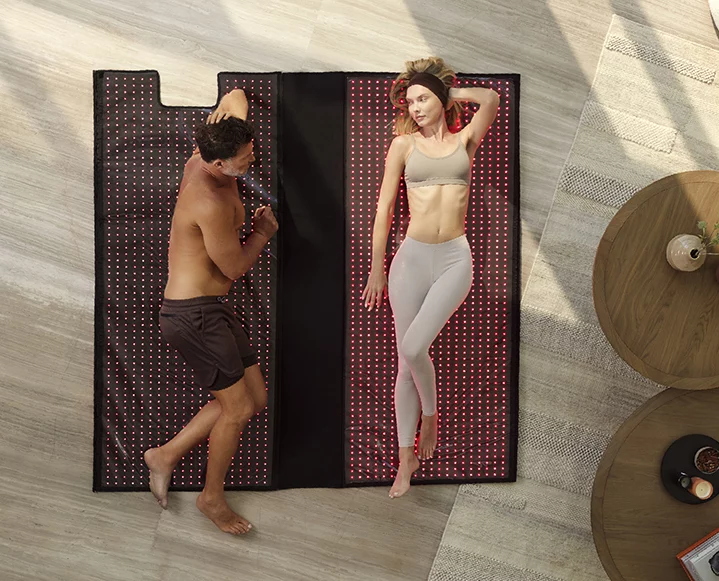 Red Light Therapy vs. Infrared Heat Therapy: Know the Difference
Red Light Therapy vs. Infrared Heat Therapy: Know the Difference
Let’s clear up a common misconception: Red Light Therapy and Infrared heat therapy are not the same thing.
+ Infrared Sauna Blankets generate heat. Their primary benefit lies in detoxification, relaxation, and promoting a deep, internal sweat. They warm your body from the inside out.
+ Red Light Therapy Blankets, on the other hand, rely on light wavelengths—not heat—to work their magic. They don’t make you sweat, but they do encourage your cells to regenerate and repair. It’s a subtler, more cellular-level effect that supports skin health, mood regulation, energy, and recovery.
This makes the Red Light Therapy Blanket a smart complement (or alternative) to Infrared heat—especially if your wellness goals are more about healing, radiance, and long-term skin and body optimization.
Red Light Panel vs. Blanket: What’s the Difference (and Which Is Better for You)?
BON CHARGE offers both: their original Red Light Therapy Panel and now, the Red Light Therapy Blanket. And while they share the same clinically-backed wavelengths (660nm + 850nm), their applications and user experience couldn’t be more different.
The Panel delivers high-powered, targeted therapy—great if you’re working on one area at a time, like facial rejuvenation, spot muscle relief, or post-workout joint recovery. It’s ideal for short, focused sessions, but requires you to stay upright and still, and it only treats one side of the body at a time.
The Blanket offers full-body immersion. You can lay back, relax, and let the therapy do its work—no need to hover or pose awkwardly. It’s ideal for winding down, multitasking with a podcast or meditation, and keeping up a nightly wellness ritual that fits seamlessly into your lifestyle.
In short: if you want to zone in on specific issues, the panel is powerful. If you’re looking to incorporate Red Light Therapy consistently and effortlessly, the blanket is unmatched.
Best case? Use both. The panel for targeted boosts, the blanket for overall recovery and glow.
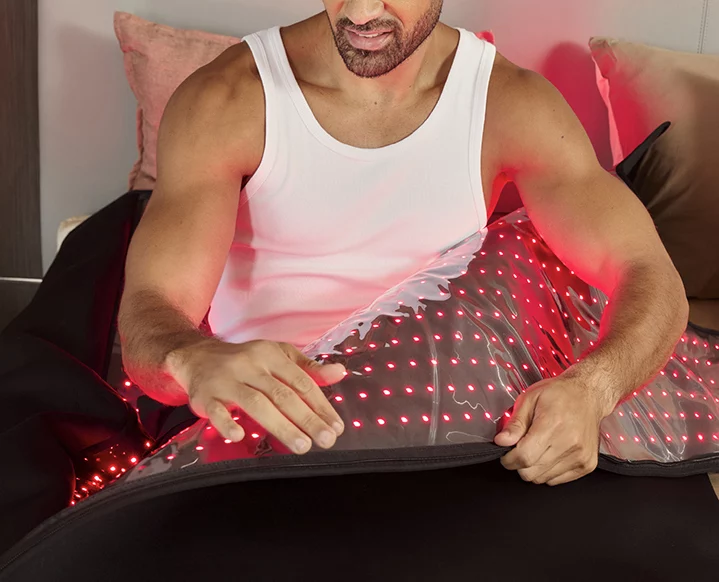 My Results: Stronger Skin, Faster Healing, and Real Recovery
My Results: Stronger Skin, Faster Healing, and Real Recovery
With consistent use, I saw meaningful results—ones that genuinely made a difference in how I looked and felt:
+ Post-laser healing support: I had a laser treatment done on my body not long before starting the blanket, and I’m convinced this helped speed up the healing process. Normally, I’d expect redness and blotchiness for days, but this time? The recovery was quicker, calmer, and noticeably smoother.
+ Softer, more supple skin: My skin actually feels more hydrated, smoother, and springier to the touch—especially on my arms and legs, which tend to get dry and dull.
+ Better sleep: I’m someone who often gets less than six hours of sleep a night, and winding down can be a challenge. Since using the blanket, I’ve been falling asleep faster and staying asleep longer. It’s become a gentle nightly cue for my body to rest—and the difference in how I feel the next morning is real.
+ Less muscle tightness: Whether it’s from travel, workouts, or a long day at my desk, I’ve noticed less soreness and tension overall. My body feels more relaxed at night and more recovered by morning.
The Final Glow-Up
Red Light Therapy Blankets aren’t exactly flooding the market—which is why what BON CHARGE is doing here feels genuinely exciting. They’ve taken a clinical, often hard-to-access wellness technology and turned it into something functional, beautiful, and surprisingly easy to make a part of your daily life.
If you’re looking for a wellness investment that actually delivers—on sleep, skin, recovery, and the way you feel day to day—this is it. BON CHARGE has created something that not only works but becomes a ritual you actually look forward to. I wouldn’t be writing this if I didn’t mean it: this blanket is worth every bit of the hype.
Ready to make this part of your own nightly ritual? Use code TCM15 for 15% off the Bon Charge Red Light Therapy Blanket and experience the glow for yourself.
All material on The Chalkboard Mag is provided for educational purposes only. Always seek the advice of your physician or other qualified healthcare provider for any questions you have regarding a medical condition, and before undertaking any diet, exercise or other health-related programs. This story is brought to you in partnership with BON CHARGE. From time to time, TCM editors choose to partner with brands we believe in to bring our readers special offers
The post Red Light Therapy Blanket? Yep, It’s a Thing—And I Tried It appeared first on The Chalkboard.
from The Chalkboard https://ift.tt/4g31quI
via IFTTT

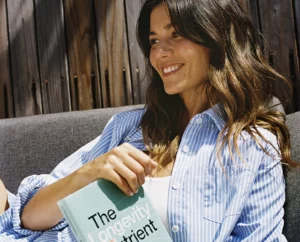

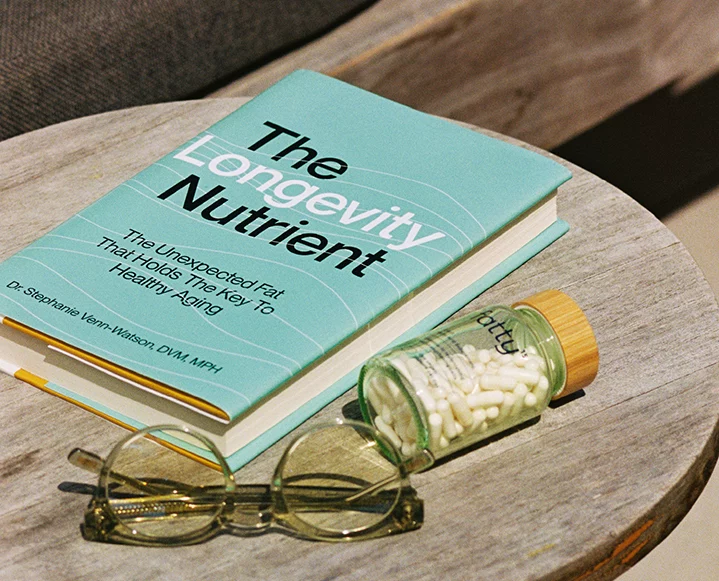


 + Move It Out + Restore
+ Move It Out + Restore  + Protect Your Field + Set Boundaries
+ Protect Your Field + Set Boundaries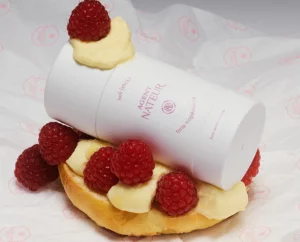
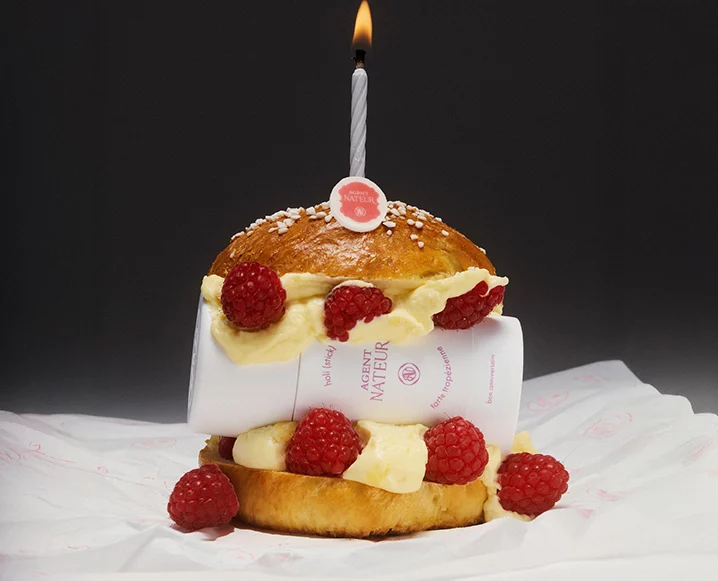
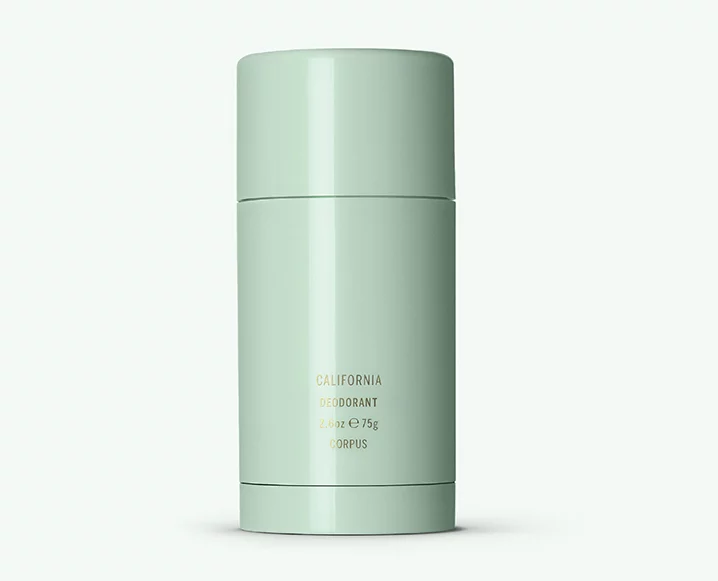 Corpus
Corpus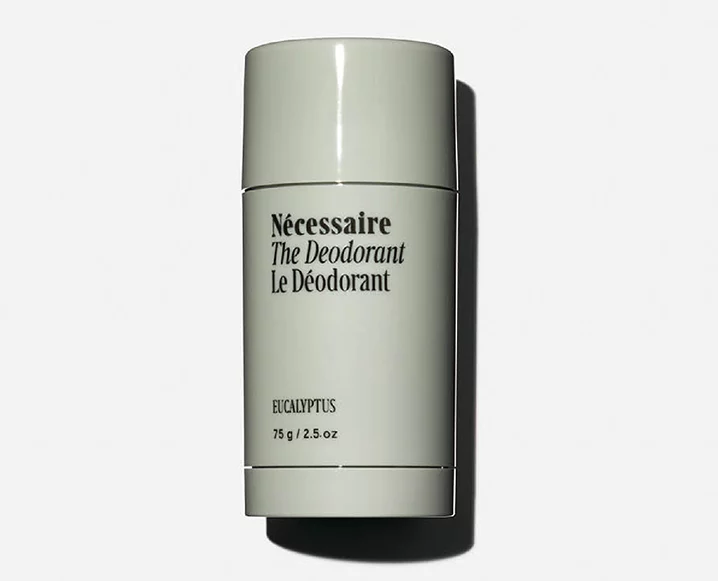

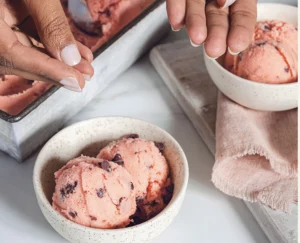
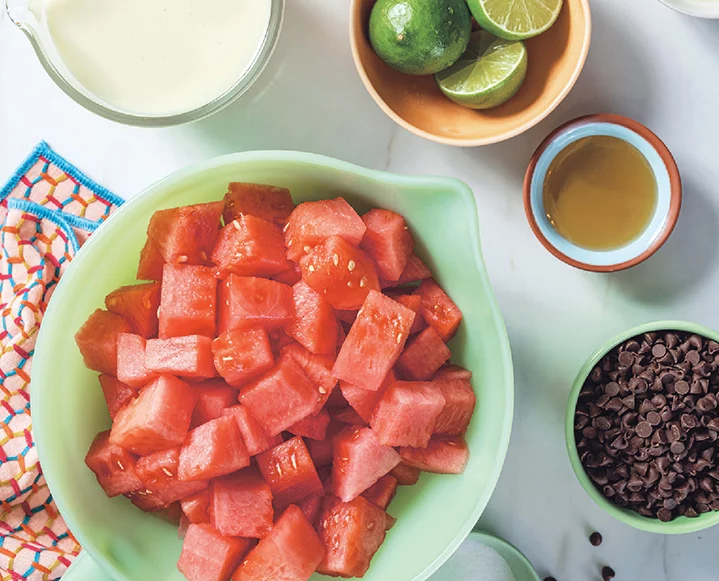
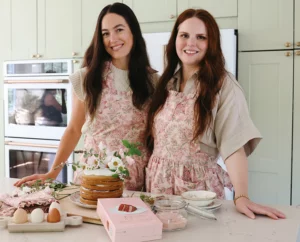
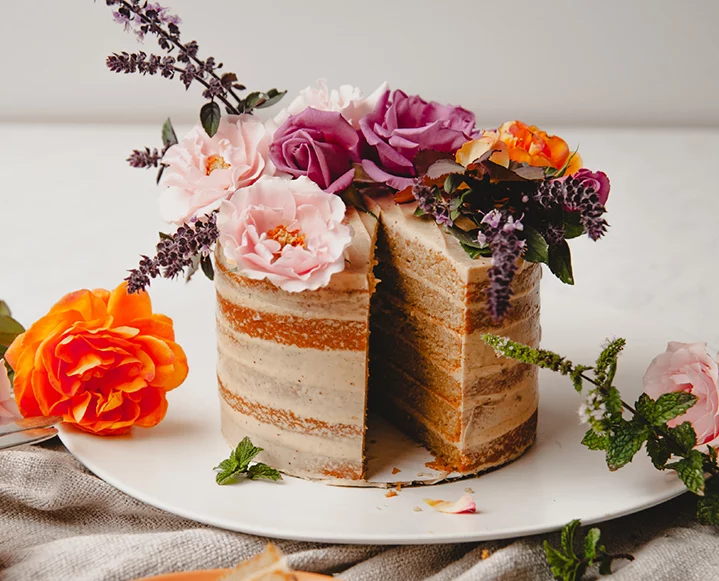

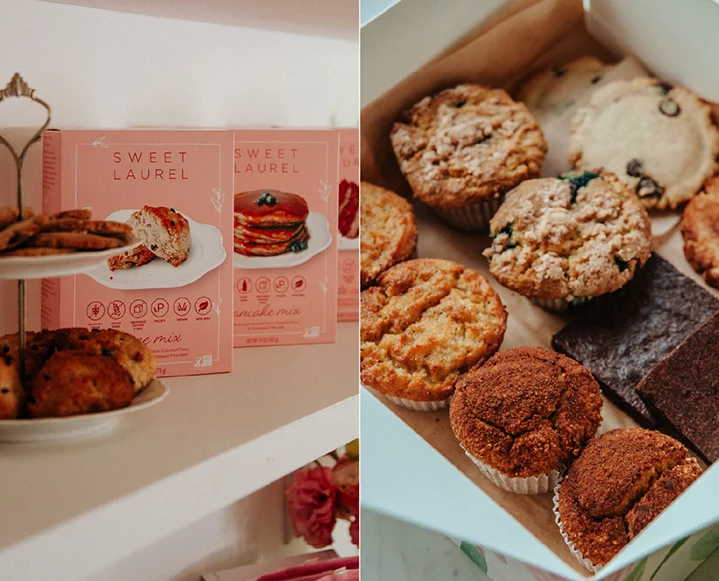 What’s one major shift in the food industry that excites you right now?
What’s one major shift in the food industry that excites you right now?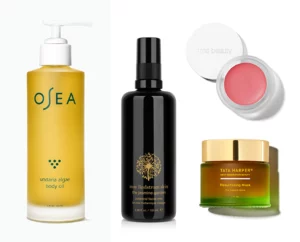
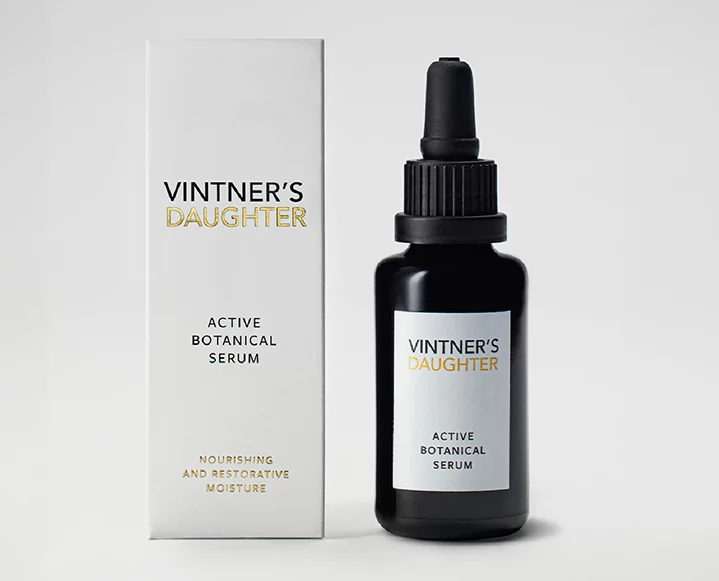 After months of battling cold air and indoor heating, your skin is craving nutrients—and this serum is basically a superfood feast for your face. Packed with 22 botanical actives, including omega-rich oils and brightening phytonutrients, it deeply nourishes, restores balance, and brings instant radiance to dull, post-winter skin. Read our recent
After months of battling cold air and indoor heating, your skin is craving nutrients—and this serum is basically a superfood feast for your face. Packed with 22 botanical actives, including omega-rich oils and brightening phytonutrients, it deeply nourishes, restores balance, and brings instant radiance to dull, post-winter skin. Read our recent  Warmer days call for lighter coverage, but that doesn’t mean skipping SPF.
Warmer days call for lighter coverage, but that doesn’t mean skipping SPF. 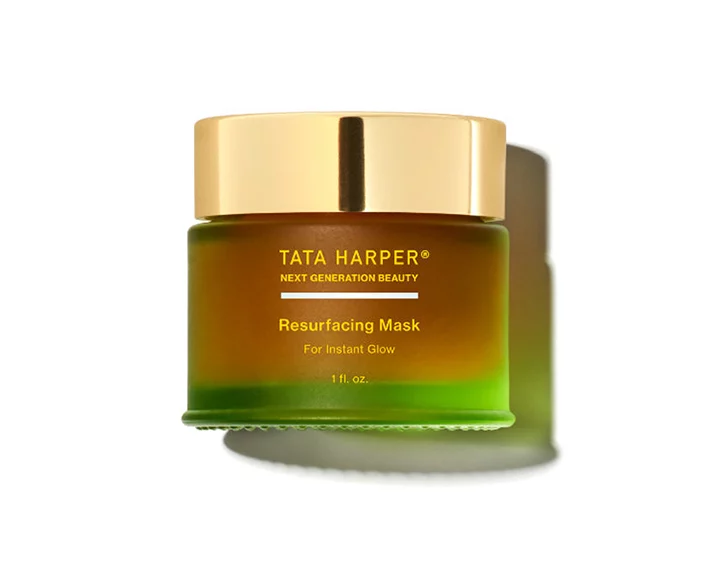 Think of this as your instant facial in a jar. It’s made with natural BHA from willow bark and fruit enzymes to gently buff away dull winter skin and reveal that coveted springtime glow. It’s a game-changer for reviving lackluster skin and making everything—from skincare to makeup—go on smoother and brighter.
Think of this as your instant facial in a jar. It’s made with natural BHA from willow bark and fruit enzymes to gently buff away dull winter skin and reveal that coveted springtime glow. It’s a game-changer for reviving lackluster skin and making everything—from skincare to makeup—go on smoother and brighter. Nothing says fresh spring beauty like a soft, rosy glow. This creamy,
Nothing says fresh spring beauty like a soft, rosy glow. This creamy, 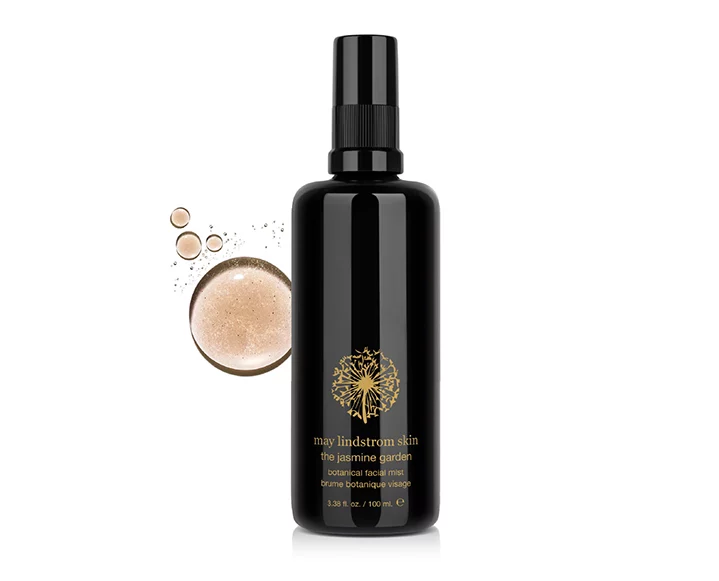 More than just a refreshing mist,
More than just a refreshing mist, 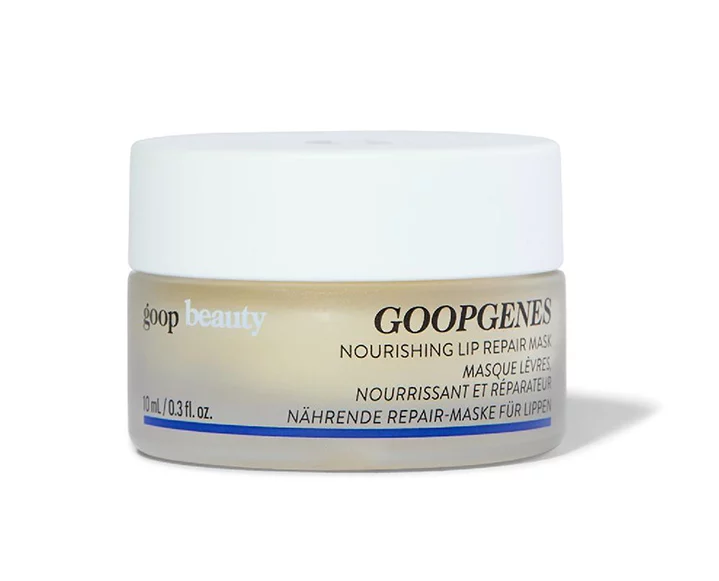 If winter left your lips dry and chapped, this rich, buttery lip mask is here to rescue them. Made with pomegranate extract, coconut oil, and shea butter, it intensely hydrates, repairs, and plumps—leaving your lips soft, pillowy, and smooth. Because what’s a glowing spring look without hydrated lips?
If winter left your lips dry and chapped, this rich, buttery lip mask is here to rescue them. Made with pomegranate extract, coconut oil, and shea butter, it intensely hydrates, repairs, and plumps—leaving your lips soft, pillowy, and smooth. Because what’s a glowing spring look without hydrated lips?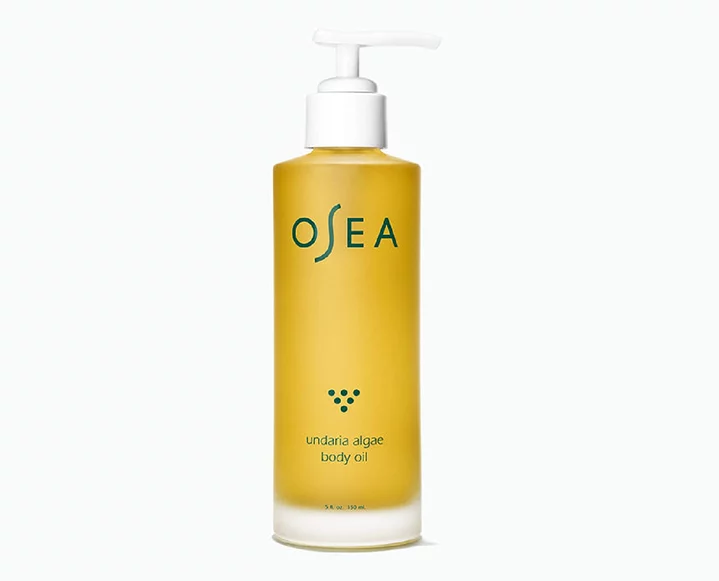 Time to ditch the heavy body butters—this lightweight yet deeply hydrating algae-infused oil is spring in a bottle. It absorbs quickly, firms skin, and gives your body a lit-from-within glow without the greasiness. Plus, it smells like a seaside escape, making every application feel like a little self-care moment. Read our recent
Time to ditch the heavy body butters—this lightweight yet deeply hydrating algae-infused oil is spring in a bottle. It absorbs quickly, firms skin, and gives your body a lit-from-within glow without the greasiness. Plus, it smells like a seaside escape, making every application feel like a little self-care moment. Read our recent 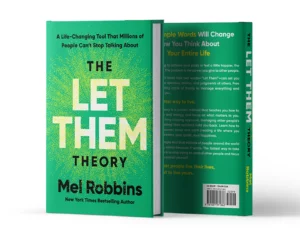


 What’s a simple but effective way to extend an invitation—whether it’s for coffee, an event, or a shared activity—without it feeling forced?
What’s a simple but effective way to extend an invitation—whether it’s for coffee, an event, or a shared activity—without it feeling forced? In your experience, what are the most common reasons friendships fade, and how can people prevent this from happening?
In your experience, what are the most common reasons friendships fade, and how can people prevent this from happening?